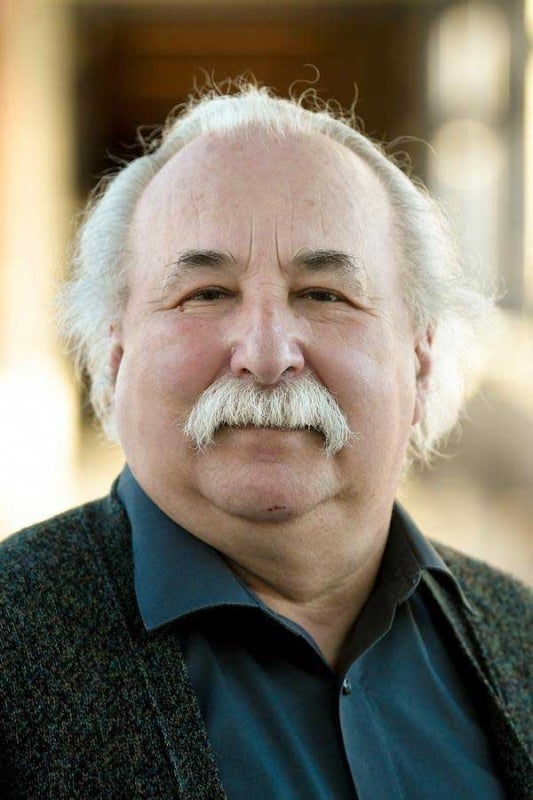Implantable and wearable devices (biofuel cells) harvesting energy from biological sources and based on electrochemical transducers are currently receiving high attention. The energy collected from the body can be utilized to activate various microelectronic devices. This lecture is an overview of the recent research activity in the area of enzyme-based biofuel cells implanted in biological tissue and operating in vivo. The electrical power extracted from the biological sources presents use for activating microelectronic devices for biomedical applications. While some microelectronic devices can work within a fairly broad range of electrical operating conditions, others, such as pacemakers, require precise voltage levels and voltage regulation for correct operation. Thus, certain classes of electronic devices powered by implantable energy sources will require careful attention not only to energy and power considerations, but also to voltage scaling and regulation. This requires appropriate interfacing between the energy harvesting device and the energy consuming microelectronic device. The lecture focuses on the problems in the present technology as well as offers their potential solutions. Lastly, perspectives and future applications of the implanted biofuel cells are also discussed. The considered examples include a pacemaker and other biomedical bioelectronic devices.

Prof. Evgeny Katz received Ph.D. in Chemistry from Frumkin Institute of Electrochemistry, Russian Academy of Sciences, in 1983. He was a senior researcher in the Institute of Photosynthesis in 1983-1991. In 1992-1993 he performed research at München Technische Universität as a Humboldt fellow. Later, in 1993-2006, Dr. Katz was a Research Associate Professor at the Hebrew University of Jerusalem. From 2006 he is Milton Kerker Chaired Professor at the Department of Chemistry and Biochemistry, Clarkson University, USA. He has (co)authored over 540 papers, Hirsch-index 98. His scientific interests are in the broad areas of bioelectronics, biosensors, biofuel cells, and biocomputing.

